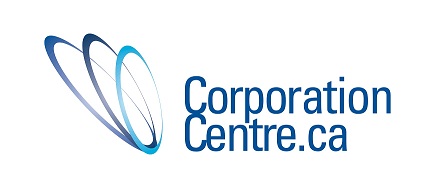Every
entrepreneur, business owner, and manager aspires to enhanced productivity. The
reasons for this are obvious: greater productivity is conducive to not only
increased profits, but diminished stress and more free time too—highly esteemed
desiderata for most people. But, like community
engagement, leadership or employee morale, productivity is not necessarily an easy concept to pin down. In the
abstract, we all want it. But if we are serious about realizing it (and
enjoying its many benefits), we need a clear process and concrete steps by
which to make it happen.
One
of the simplest and most effective ways to bolster productivity is by setting
yourself up for it with good habits—including proper nutrition, regular
physical exercise, and plenty of sleep. If you undertake your work feeling
groggy, or having eaten poorly, your performance will invariably suffer. Formulate
a daily routine and follow it—this will save time and help you develop
automaticity, a prerequisite for completing quality work, day after day, while
expending minimal effort. Another exercise you may find useful is to create a
concise and easy-to-follow action plan, with achievable objectives, first thing
in the morning.
Most of
us start the day with correspondence—which sets us back
Commonly,
people who work in an office environment begin their day by checking e-mails,
replying to voicemails,
responding to memos, or otherwise answering requests and inquiries. While it is
important to stay abreast of the needs of others and maintain correspondence,
beginning the day by engaging with external priorities can cause you to become
sidetracked. Various psychological studies indicate that, despite
the widespread appeal of “multi-tasking,” in reality, human beings can only
fully concentrate on one assignment at a time—and our attempts to multi-task
tend to compromise the quality, efficiency, and timeliness of our work.
Furthermore, it can be challenging and time-consuming to mentally re-engage if
you allow yourself to be temporarily derailed.
The
chef’s method
Where
confronting your daily workload is concerned, you can derive a useful lesson
from the way a chef initiates the process of creating a meal. At the outset of
each session, a culinary professional typically determines what ingredients
will be required and in what quantity (in other words, her actions follow the
format of a cooking recipe), and then measures them out. She then contemplates
the procedure that lies ahead: does it involve whipping, or beating, or mixing?
What utensils are required? Finally, she assembles and organizes all of the
necessary components, so that she can command them at precisely the right
moment.
 Officially,
the term for this ritual is mise en place—which
roughly translates from French as “everything in its place.” The principal
advantage of deploying this approach for any project (not only gastronomic
ones!) is that, once all the necessities are in their place, you can proceed
with minimal hang-ups or delays. You won’t need to rifle through shelves or
drawers searching for the items you need, nor will you spend nearly as much
time thinking about the particulars of the project as you carry it out. As a
consequence, you’ll be able to devote your energy and focus exclusively to the
task at hand.
Officially,
the term for this ritual is mise en place—which
roughly translates from French as “everything in its place.” The principal
advantage of deploying this approach for any project (not only gastronomic
ones!) is that, once all the necessities are in their place, you can proceed
with minimal hang-ups or delays. You won’t need to rifle through shelves or
drawers searching for the items you need, nor will you spend nearly as much
time thinking about the particulars of the project as you carry it out. As a
consequence, you’ll be able to devote your energy and focus exclusively to the
task at hand.
Budget
ten minutes for a planning session at the start of the day
Your
own, individually tailored equivalent of the mise en place needn’t be time-consuming; set aside about ten
minutes at the start of each day. In your mind’s eye, envision the errands you
hope to accomplish over the next eight hours, think about the instruments and
steps involved, then outline them (in writing) as specifically as possible.
Assemble the tools and information you anticipate that you’ll need in advance,
and arrange them in an orderly manner. Your goal should be to minimize
friction, and ensure that you’re able to complete your work smoothly, without
stoppages or interruption.
If
you prepare yourself in advance, using the mise
en place approach, you’ll find that relatively laborious tasks will become
simpler—and comparatively easy ones will become a cinch.














